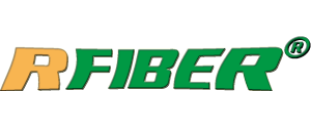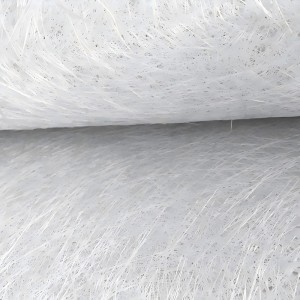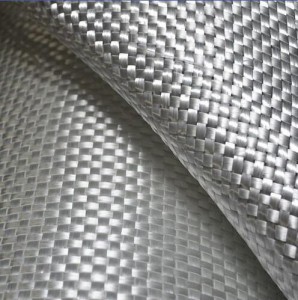The key difference between chopped strand mat (CSM) and woven roving (WR) lies in their structure, strength, and applications in fiberglass-reinforced composites. Here’s a detailed comparison:
1. Structure & Manufacturing
| Chopped Strand Mat (CSM) | Woven Roving (WR) |
| Made from randomly oriented short glass fibers (typically 1–3 inches long) bonded with a resin-soluble binder (powder or emulsion). | Made from continuous glass fibers woven into a heavy, coarse fabric (like a burlap sack). |
| Non-woven, isotropic (equal strength in all directions). | Woven, anisotropic (stronger in the direction of the fibers, usually 0° and 90°). |
| Lower fiber density, fluffy and easy to cut/shape. | Higher fiber density, stiff and harder to drape over complex shapes. |
2. Mechanical Properties
| CSM | WR |
| Lower strength but provides uniform reinforcement in all directions. | Higher tensile strength (especially along the weave direction) but weaker at angles. |
| Good for stiffness and impact resistance but not for high-load applications. | Used where high strength-to-weight ratio is needed (e.g., boat hulls, tanks). |
| Typically used in layers with resin for general-purpose laminates. | Often paired with CSM in hybrid laminates for better interlaminar bonding. |
3. Resin Absorption & Layup
| CSM | WR |
| Soaks up more resin (higher resin-to-fiber ratio, ~2:1 by weight). | Uses less resin (more fiber-dense, ~1:1 resin-to-fiber ratio). |
| Easier to wet out (good for hand layup). | Harder to wet out (may require rollers/brushes to remove air pockets). |
| Often used as a first layer for better adhesion to molds. | Used in structural layers for added strength. |
4. Common Applications
| Chopped Strand Mat (CSM) | Woven Roving (WR) |
| ✔ General-purpose fiberglass parts (e.g., shower stalls, panels). ✔ Repair work (easy to conform to curves). ✔ Used with polyester resin (binder dissolves). |
✔ High-strength structures (boat hulls, wind turbine blades). ✔ Automotive parts (truck bodies, trailers). ✔ Tanks and pipes requiring directional strength. |
5. Global Suppliers
Owens Corning (USA)
One of the largest manufacturers of fiberglass and composite materials, supplying high-performance CSM for marine, automotive, and construction industries.
Jushi Group (China)
One of the world’s largest fiberglass producers, supplying cost-effective CSM and WR for global markets.
Saint-Gobain Vetrotex (France)
A global leader in glass fiber reinforcements, offering premium chopped strand mats and woven roving.
Ruifiber (China)
Known for high-quality fiberglass products, including CSM and WR for construction and industrial application.
6. Cost & Handling
CSM is cheaper and easier to handle but requires more resin.
WR is stronger and lighter but harder to work with on complex shapes.
Hybrid Use Case (CSM + WR)
Many composites combine both:
First layer: CSM for mold adhesion and smooth finish.
Middle layers: WR for strength.
Final layer: CSM for a clean surface.
Which One to Choose?
Use CSM for low-cost, isotropic, easy-to-shape parts.
Use WR for high-strength, directional reinforcement.
Combine both for optimized cost, strength, and workability.
Post time: Apr-15-2025


